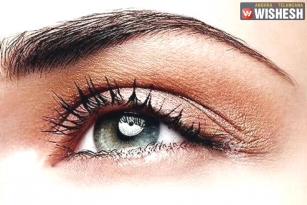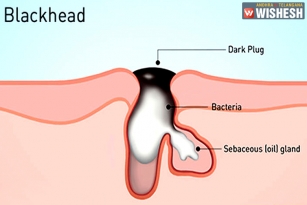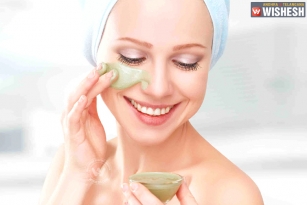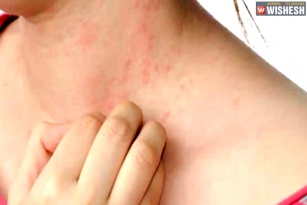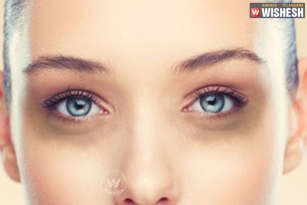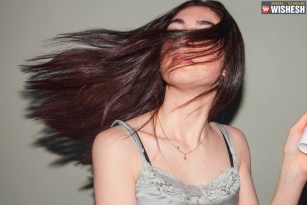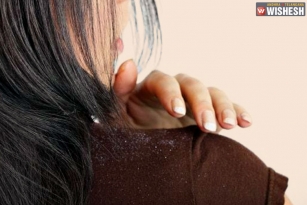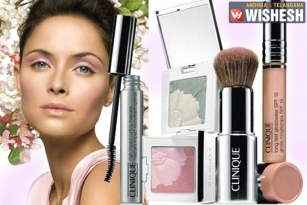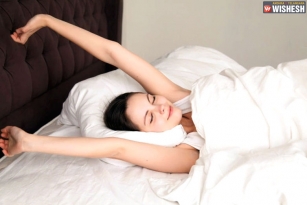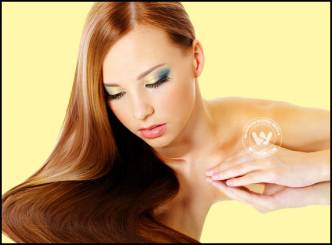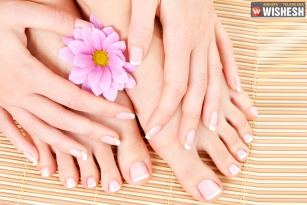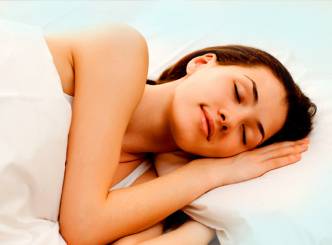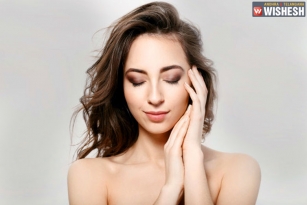
Not only in the scenario of changing a Profession or adapting anything new, our basic tendency of forgetting the basics in the process of learning ‘New’ is definitely applicable to our beauty as well…
Let’s do this, apply this logic to our hair care basics and test ourselves;
Diet: A well-balanced diet, rich in silica, calcium and iron, will help reduce or prevent hair loss. Green, leafy vegetables, especially sea vegetables, are good mineral sources. Raw oats provide silica. Eat plenty of iron-rich foods, like liver (Avoid if you are pregnant) and other organ meat, whole grain cereals, dark green leafy vegetables, eggs, dates, and raisins. The hair is comprised mostly of protein, therefore to encourage hair growth, adhere to a diet rich in protein. A recommended diet for this purpose includes calves liver, brewer's yeast, wheat germ, and two tablespoons of granulated lecithin. Along with protein, these foods are also high in B vitamins, an important nutrient for hair. Silica is found in the outer coverings of potatoes, green and red peppers and cucumbers. Bean sprouts are also high in silica. Eat whole foods including sprouts.
Washing Routine: Your hair-type will determine your cleansing routine, some of you may need to shampoo daily, others every other day, others even once a week. The water you use to wash your hair should neither be too hot, or too cold. Use your fingertips, and never your nails, to gently scrub your scalp. Be sure to rinse your hair thoroughly in order to get all of the soap out and then maximize the shine.
Combing: To begin with combing, first separate hair into small sections. Untangle your hair with a wide-tooth comb, carefully work from the ends in a downward direction only. Use only a wooden or tortoise shell comb – never rubber. Do not pull or yank hair. Brush hair only when dry. Hair is weakest when it is wet and brushing can easily damage it. Even when hair is dry always comb before brushing.
Drying: Air-dry whenever possible. Try to minimize the use of blow dryer as the strong heat tends to damage the hair, also the moisture lost makes them look rough and lifeless. Give your hair a break from that blow dryer, those curling irons and so many perms. When you are kind to your hair, it rewards you by looking and feeling better. Choose a hairstyle that will let your hair fall naturally.
Trimming: Get your hair trimmed on a regular basis (approximately every two months). This is especially important for growing out layers and/or bangs to reshape and make each stage of growing hair out a style.
Shampoo & Conditioning: Choose simple, cheap shampoos that promise only to wash away the dirty and the oil. The more complicated the formula is and the more expensive the shampoo the less it does good in your hair. Conditioners, are an invention of the cosmetic industry and if your hair is dried out and dull looking you have been abusing it. Use a milder shampoo and try washing your hair less frequently. Also, always apply conditioner from the ears down – never condition the scalp. Do not over-condition for it might cause the cuticle layer of hair to lift making hair brittle and leading to breakage.
Some of today's new line of shampoos has a special ingredient advertised as a hair thickener as well as a shampoo that will make your hair look thicker. These shampoos actually coat each strand of hair with a layer of protein each time you use it thus making the hair appear thicker. These shampoos are really very good and can have quite a beneficial effect on most women.
Styling: Your hair style is a reflection of your personality and a wonderful way to express your individuality. All too often conventional styling products contain alcohol or other harsh chemicals. These ingredients are used to keep the hair in place and to give the appearance of shiny healthy hair. In the case of these mass-marketed products the look achieved is only surface deep and they tend to damage the hair. Choose styling products which will make your hair look great, and impart essential botanicals and vitamins to each strand.
Sleep Pattern: Comb your hair before going to bed, do not let the bands or clips on. Even the way you sleep can affect your hair. Restless sleepers may actually be breaking hair as they sleep. If you’re a restless sleeper, try a satin pillowcase so that the hair glides when you move in your sleep. On regular cotton cases hair can get caught and break. Putting hair up to sleep is also helpful. Hair should be put in a ponytail on top of the head. Always use rubber bands that are wrapped in cloth.
Now, it is up to you to analyze if you are following all these basic hair care routines, before worrying more about your hair loss and getting dry…




